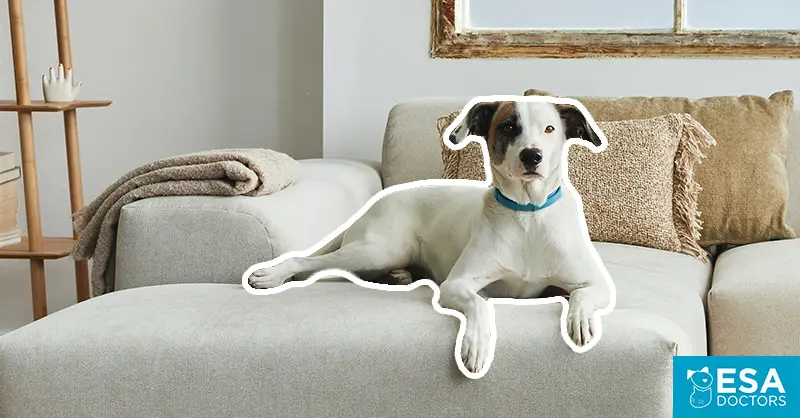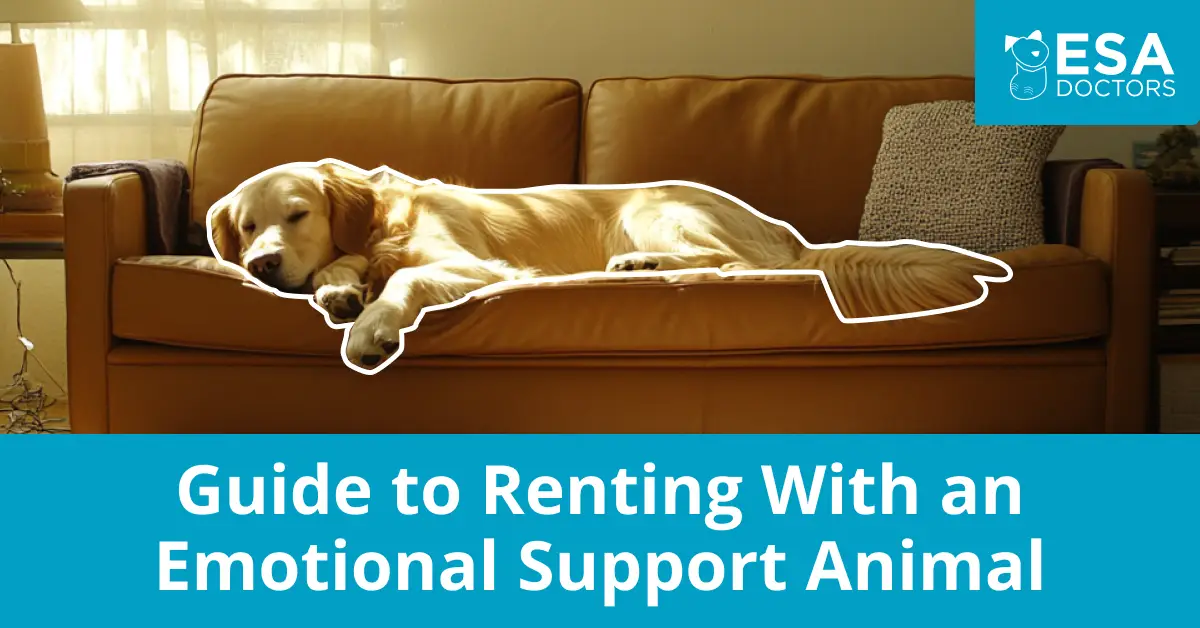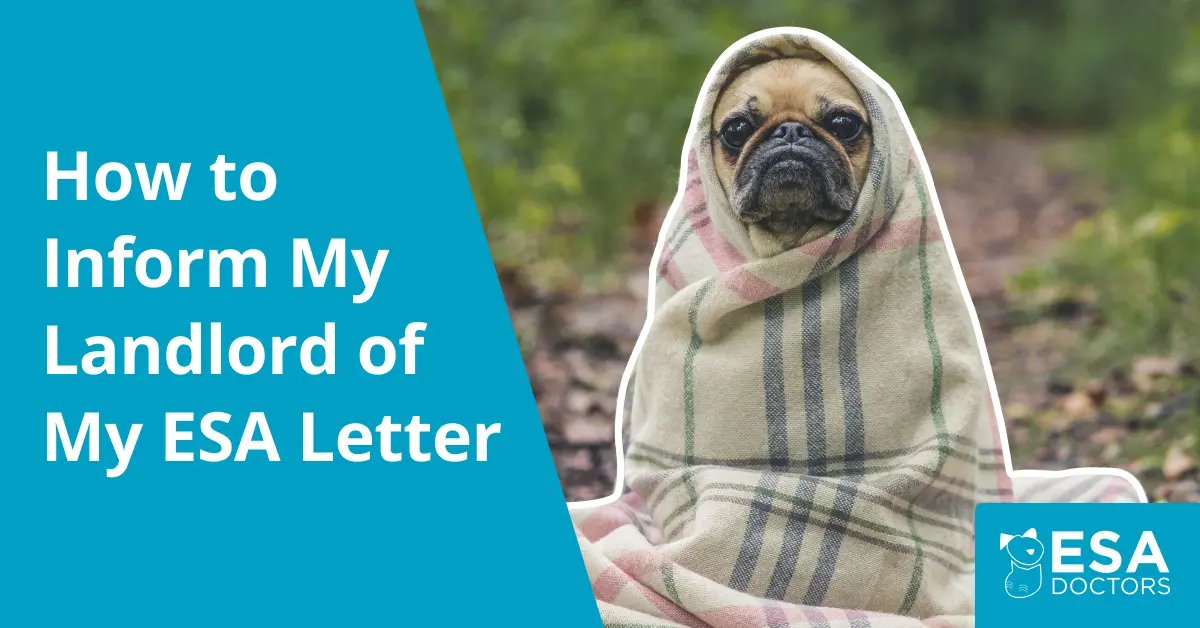Both you and your emotional support animal (ESA) have the right to be in your building’s common areas, even if there is a no-pet policy, as long as you have an ESA letter. According to HUD, landlords have to “reasonably accommodate” ESA owners, and that means allowing them to have an equal opportunity to use and enjoy their unit and “public and common use spaces.”
Common areas are the shared spaces in a building that everyone can access. This typically includes the lobby, elevators, hallways, stairwells, laundry rooms, gyms, pools, recreation rooms, and outdoor areas like gardens or lawns. These are areas that all residents (or visitors) can use, as opposed to private individual units.
Keep in mind, however, that there are some instances where your ESA may be disallowed in a particular area for health or safety reasons. We’ll cover those reasons below.
Reasons Access for ESAs in Common Areas May be Limited
There are a few key factors that influence whether an ESA might be limited from being in a particular common-use area:
1. Safety and Health Concerns
Building managers are responsible for ensuring all residents’ safety and health. If an ESA poses a direct threat to others, such as being aggressive or unsanitary, the animal may be restricted from common areas. This is especially true in sensitive locations like food preparation areas (like outdoor grills) or pools.
2. Disturbances and Nuisances
If an animal is disruptive, loud, or poorly controlled in common areas, the building may restrict access to avoid disturbing other residents.
3. Nature of the Common Area
Some common areas may not be suitable for animals to be in. For example, if there is a small gym with treadmills and free weights, an unleashed and free-roaming emotional support animal may not be safe. If there is a rooftop with a shallow ledge, it may not be safe for your ESA to be running around, especially if there are many people. In these situations using common sense to keep you, your ESA, and your neighbors safe is key.
Examples of Emotional Support Animals in Common Areas
- Lobby and Elevators:
ESAs are usually allowed in these transitional spaces but should generally be leashed and under control. - Gyms and Pools:
ESAs may be restricted from these areas for hygiene and safety reasons. A well-behaved ESA that is under control however should be able to sit poolside with their owner. - Gardens and Lawns:
Sometimes certain areas of the gardens or lawns are restricted to both humans and animals. For example, if they are reseeding an area or have fragile plants or flowers that can be easily trampled. Generally, however, ESA owners can stroll with their animal on the lawn or garden as long as people are usually allowed there. - Recreation Rooms and Lounges:
Access here tends to be allowed, but the ESA must not disturb other residents using the space. - Hallways and Stairwells:
ESAs can typically access these transit areas without issue as they are necessary for tenants and their animals to move around the building. - Rooftop Areas:
It’s usually okay to have your emotional support animal on the rooftop, but exercise caution if there is a shallow ledge or crowds of people. - BBQ Areas:
If your building has access to gas ranges or charcoal grills, keep your emotional support animal at a safe distance so they don’t contaminate food and there’s no danger of bumping someone into the flames.
Does your pet provide emotional support?
Get a legit ESA letter from a licensed therapist in your state in 3 easy steps.





Leave a Comment